Makers of American Signs
The sign industry is making a comeback, restoring brush and paint into our contemporary landscape of sameness. From the new book “Sign Painters,” portraits of America’s best sign painters and their work, with an essay by artist (and former sign painter) Ed Ruscha.
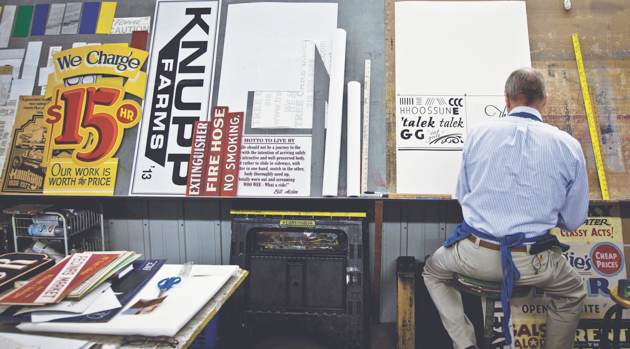
Filmmakers Faythe Levine and Sam Macon’s new book Sign Painters gathers together some of America’s best sign painters, creating an anecdotal history of the craft. Princeton Architectural Press has allowed us to excerpt the book’s foreword by the acclaimed artist (and former sign painter) Ed Ruscha. Read the excerpt ↓
All images used with permission, © copyright the holders, all rights reserved.

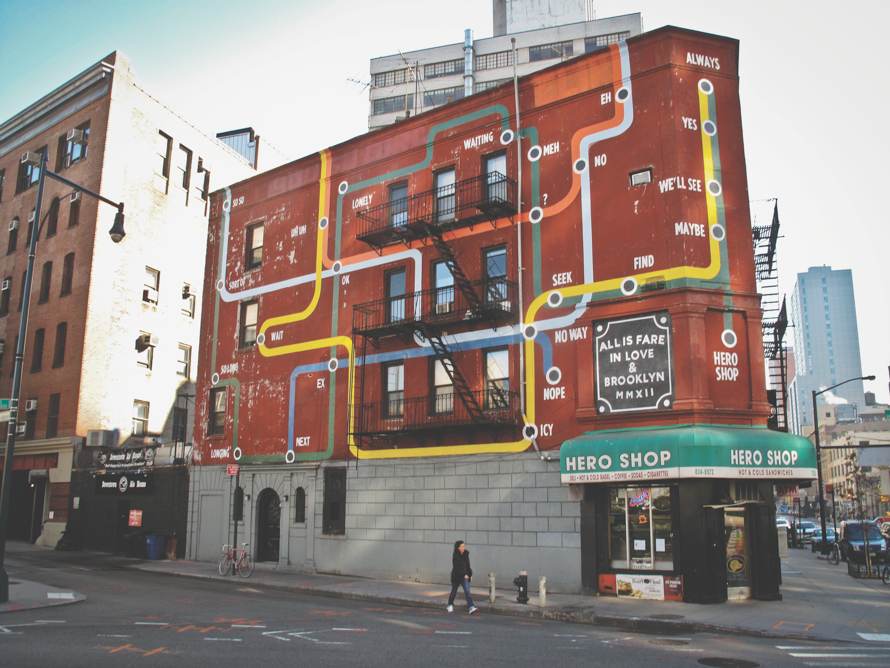
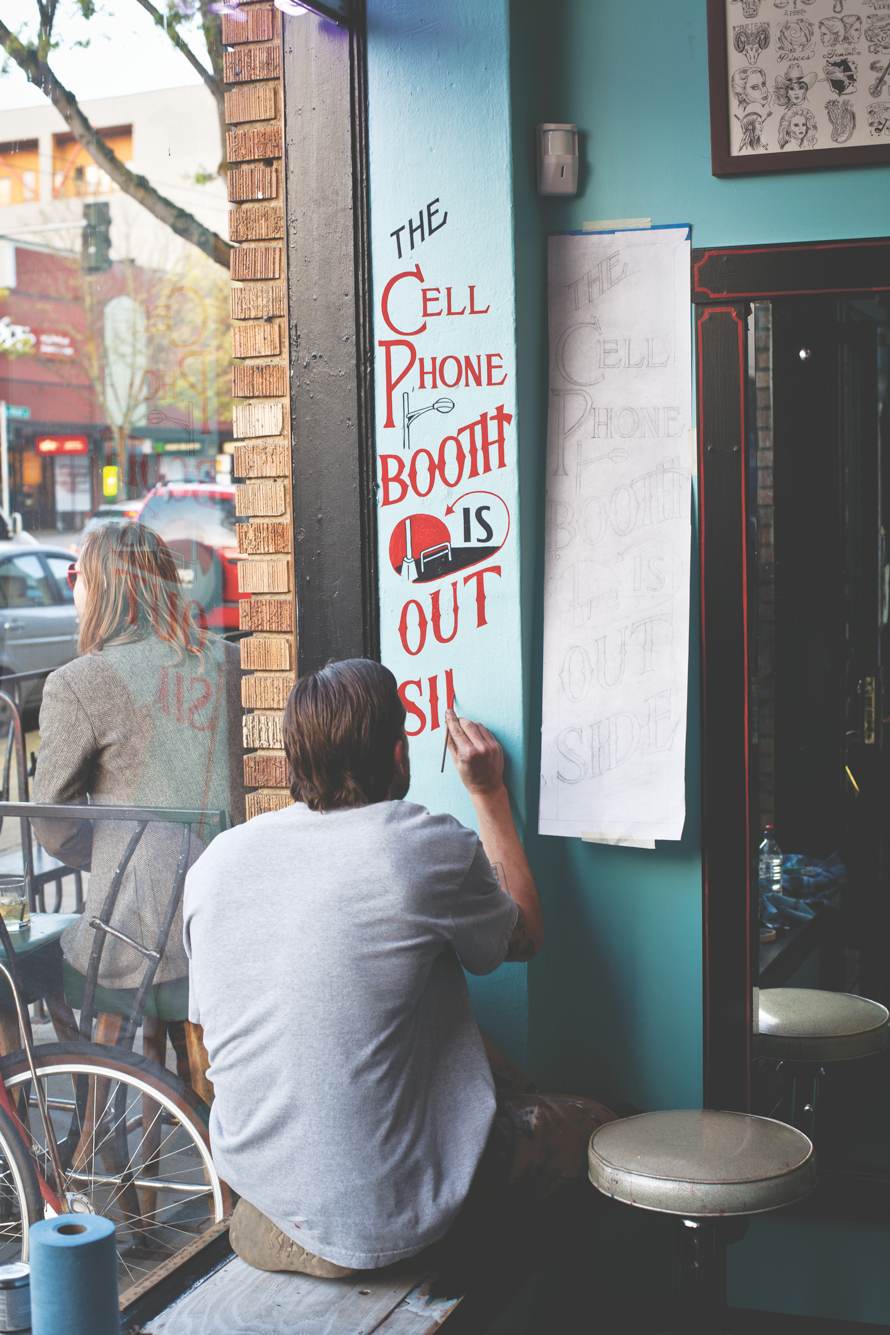
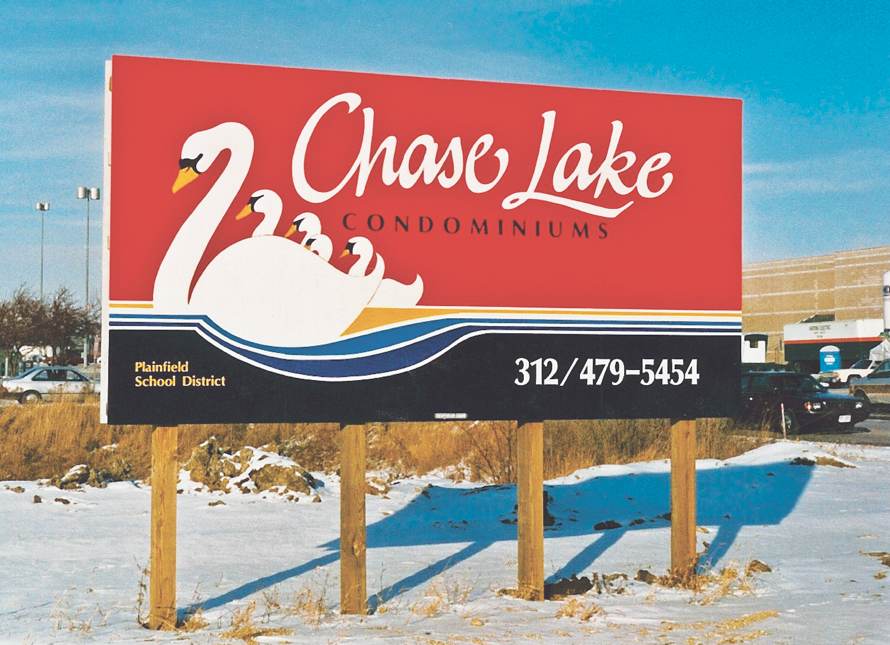
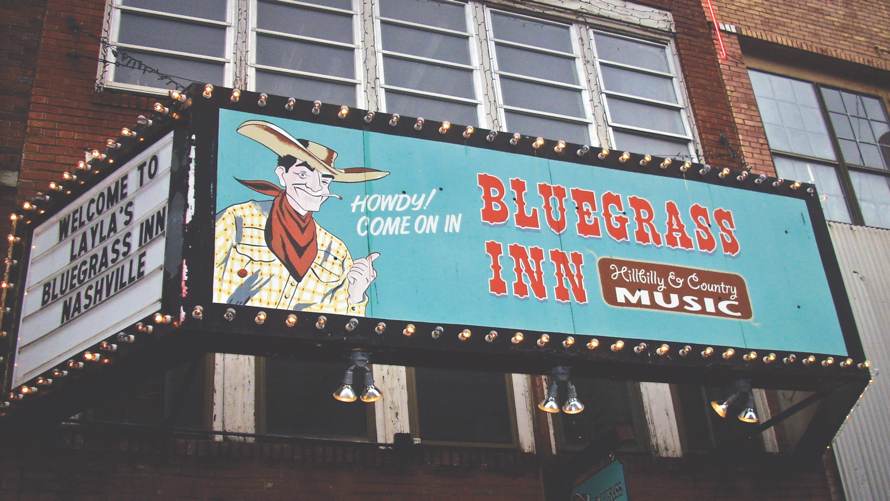
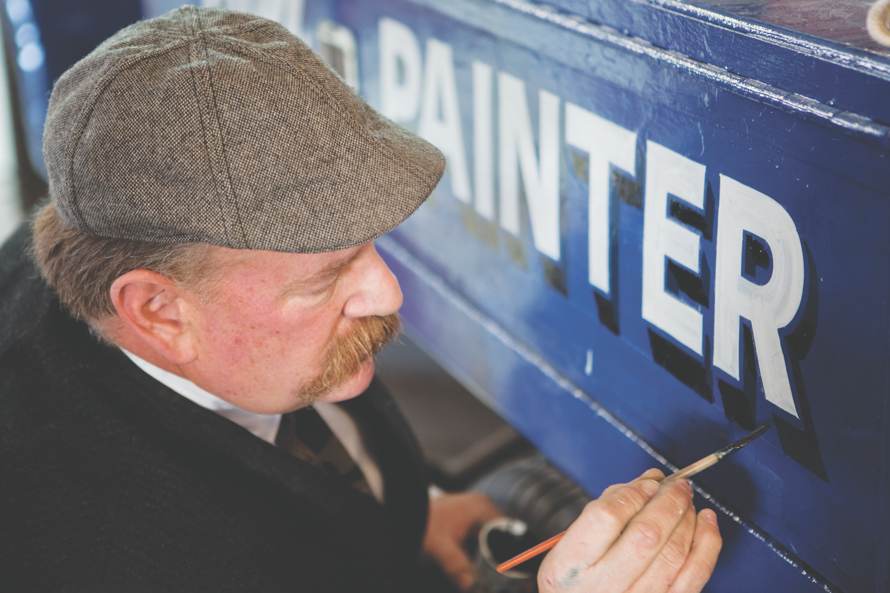
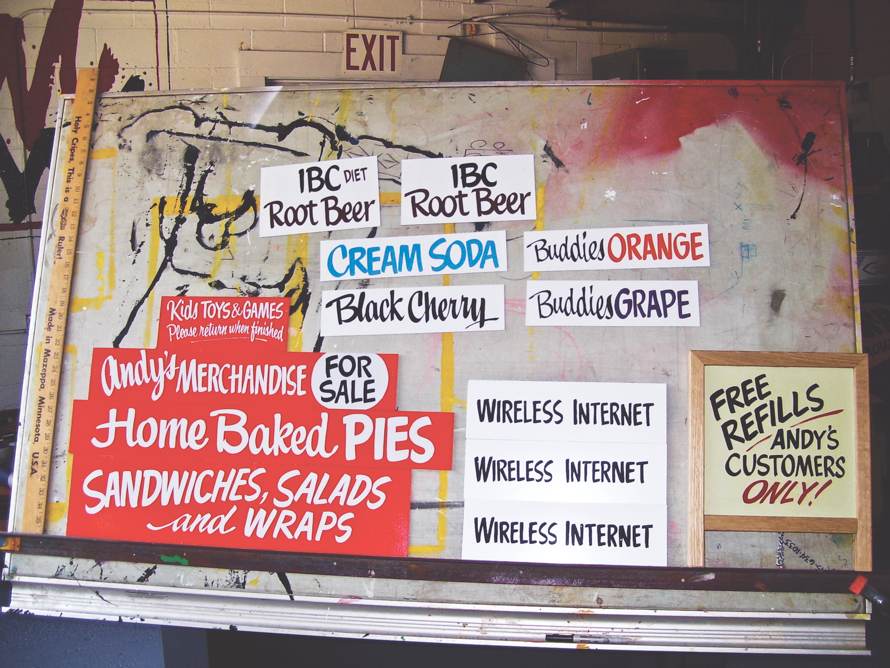
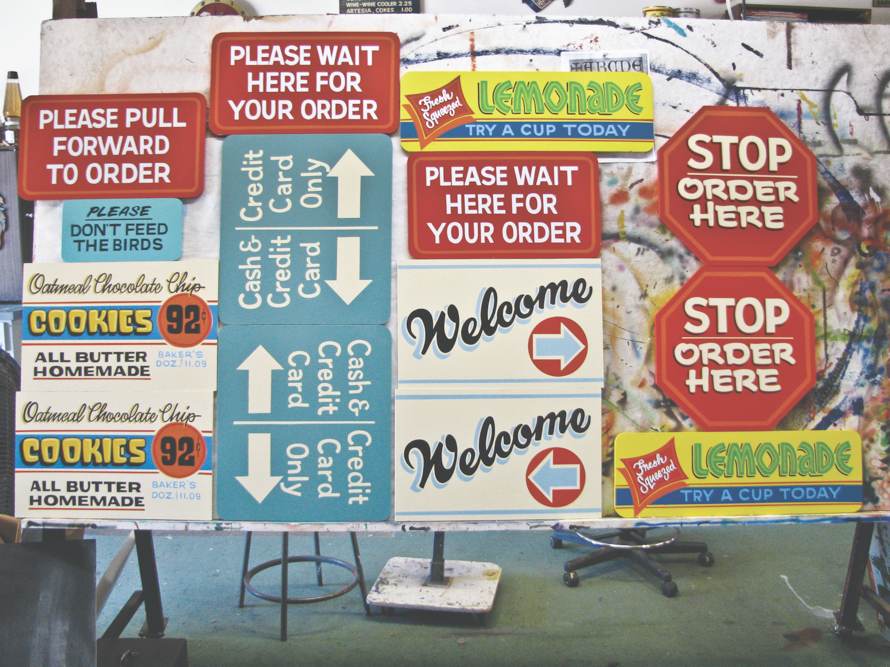



Foreword
by Ed Ruscha
Growing up in the Southwest in the 1950s, I was exposed every day to hand-lettered signs, usually on wrinkly sheets of metal, say, for an unplanned watermelon sign or a hamburger menu. Some sign painters had the facility to make any word grouping look good and make any letter of the alphabet look stylish.
The watermelon sign, a particular American icon, often misspelled and full of genuinely folkish paint strokes, was everywhere. Then there were the painters who added impressive illustrations along with the smoothly handled letterforms. Sometimes they did it with gloss black one-stroked enamel letters on a glossy white background. Wow! And the ecstasy of seeing a sign on metal with a beautifully built-up edge of paint bulging from one side of the letter stroke! It’s not science, but it’s beautiful and all artists recognize this. These painters knew about optical illusions, that some letters like O and S need to go a shade higher and lower than the baselines to appear equal in the lineup. This is something you take to heart.
I’m reminded of the late Clark Byers (ca. 1915–2004), known as the “Barnyard Rembrandt.” He painted SEE ROCK CITY (a roadside attraction outside of Chattanooga) on the sides of more than nine hundred barns in Tennessee and Georgia. He said, “I never passed up a good roof.” That leads me to flash-forward to today’s world with our seven-story wraparound motion graphics à la Las Vegas or Times Square.
The creators of hand-painted signs have engaged in an elegant and noble art form in all of its extremes, but in a world of computer plastics, where do we go? Children are not even taught longhand writing these days. You might say the closest thing to a sign painter would be a graffiti artist out on the street, looking for walls. (And boy, can they embellish Old English letters upside down and backward!)
We have seen sign painting grow from primitive instincts and humble beginnings to this present world of advanced culture. Obviously I am all for the triumph and nobility of the hand-painted item, but all sign makers, whatever their method, know you have to do one main thing: PLAN AHEAD.
